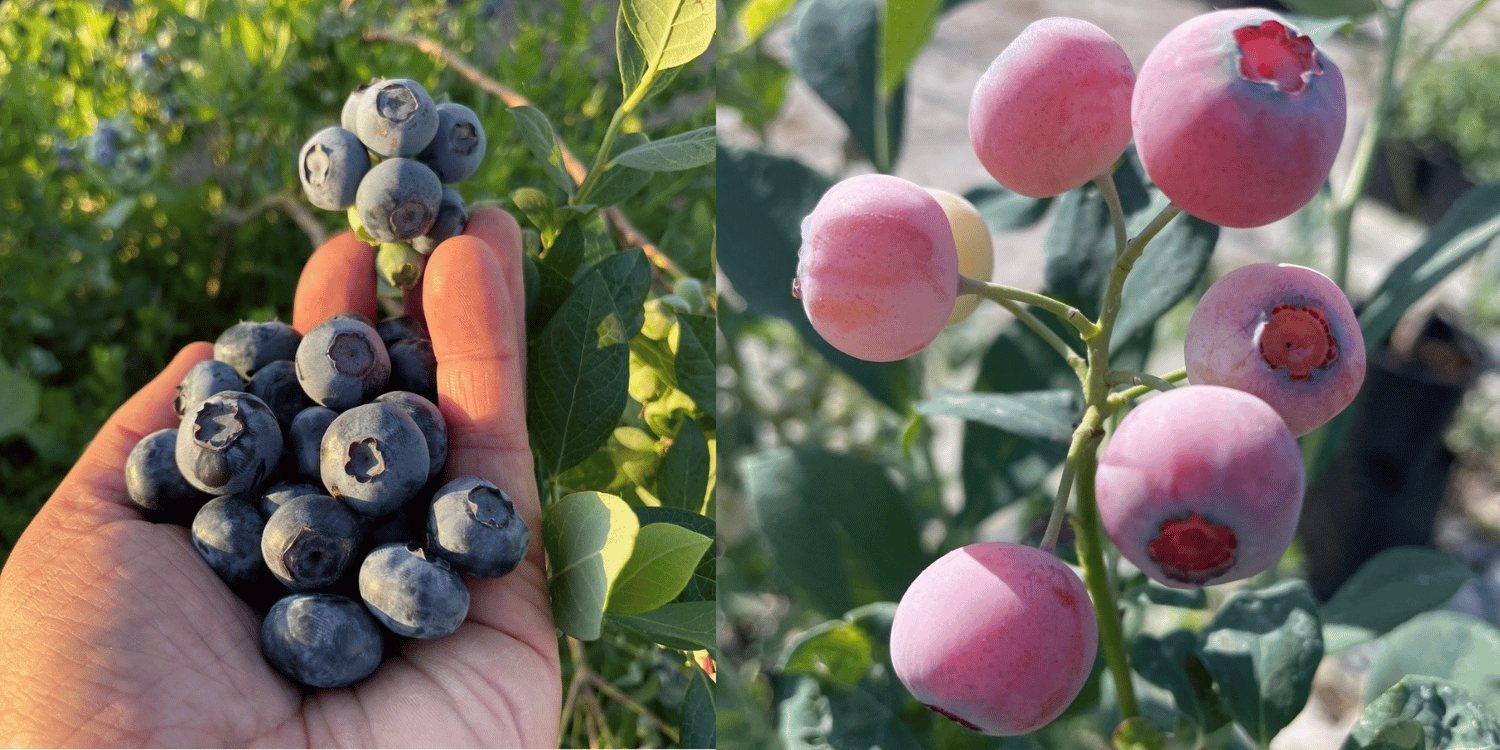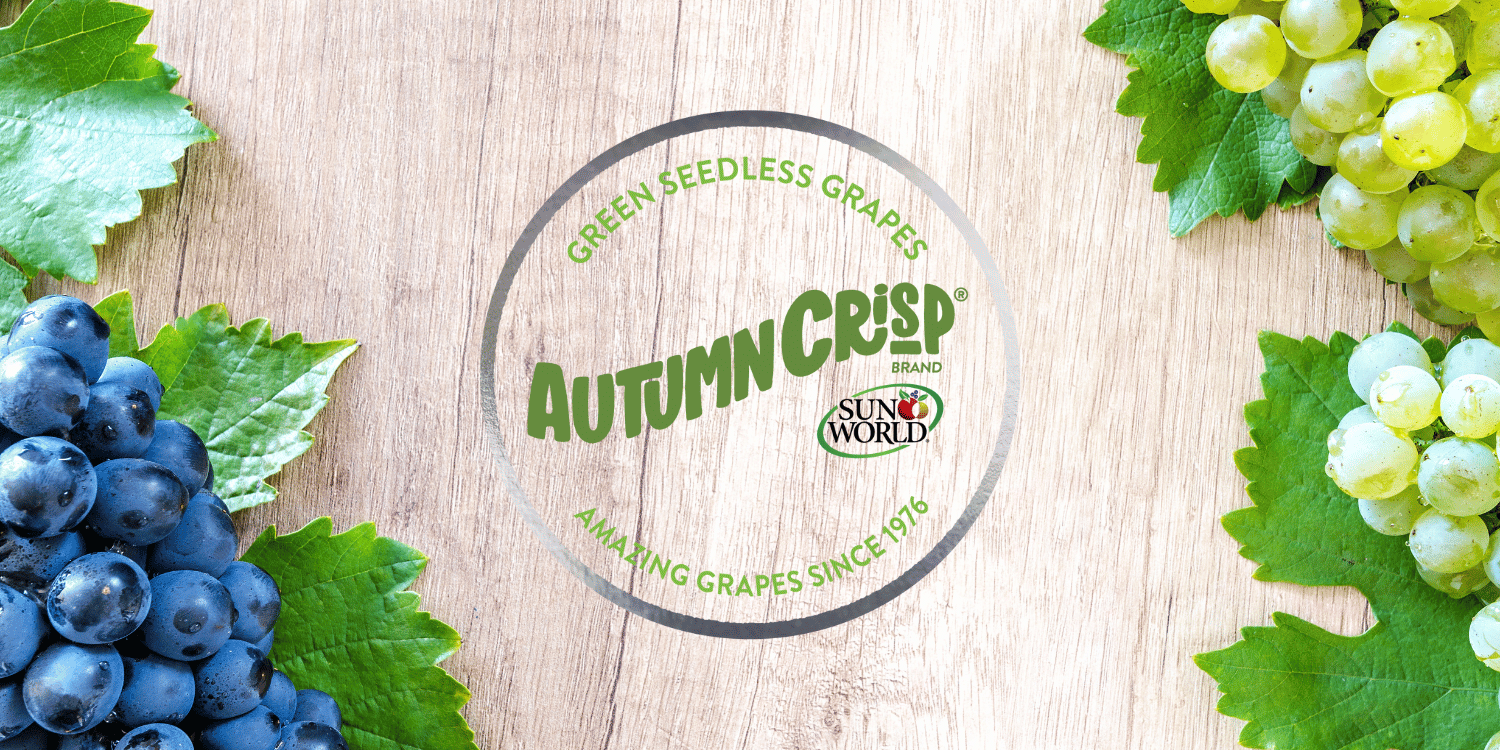Gaining shelf space in Trader Joe’s can be a significant milestone for any produce supplier.
Though the competition can be fierce, there are strategies that can increase your chances of success.
Understanding the unique environment and philosophy of this popular grocery chain is key to winning their business.
This article will walk you through practical steps to increase the likelihood of your product being picked.
Attention to details such as packaging, supplier practices, and communication strategies can make a significant difference.
Let’s dig in into the specifics and unravel the process of becoming a supplier for Trader Joe’s.
- Identify crucial Trader Joe’s buying department contact.
- Create a unique, persuasive proposal for your produce.
- Emphasize your produce’s freshness, quality, and unique attributes.
- Be ready with important documentation and required certifications.
- Provide a product sample for assessment and review.
In the following sections, we’ll expand on these keypoints to give you a more comprehensive understanding. We’ll be discussing the intricacies of crafting your proposal, what exactly needs to be included in your documentation, and what Trader Joe’s considers when evaluating product samples.
This integral information will prepare you for the road of pitching and potentially distributing your fresh produce to Trader Joe’s. Each aspect is discussed in easily understood terms, ensuring that you have a clear guide of the process.
Stay tuned, as we will also be addressing other related topics such as understanding Trader Joe’s policies and adapting your business practices to elevate your chances of success. This valued information will contribute to your overall readiness and confidence in presenting your fresh produce to Trader Joe’s.
Contents
- Tips For Getting Your Fresh Produce Into Trader Joe’s
- 1. Identify Key Contact in Trader Joe’s Buying Department
- 2. Craft a compelling, unique proposal for your product
- 3. Highlight the freshness and quality of your produce
- 4. Emphasize any organic, local, or sustainable attributes
- 5. Offer Competitive Pricing and Reliable Supply Chain
- 6. Be prepared with documentation and certifications
- 7. Provide a Product Sample for Review
- The Bottom Line
Tips For Getting Your Fresh Produce Into Trader Joe’s
1. Identify Key Contact in Trader Joe’s Buying Department
In Short: To get your fresh produce into Trader Joe’s, establish a key contact in their buying department via networking sites, trade shows, referrals, or persistent direct outreach. The relationship-building requires tact, patience, a value-heavy pitch, and understanding Trader Joe’s unique product-standard and secretive buying process.
Getting your fresh produce onto the shelves of the renowned grocer known as Trader Joe’s requires a strategic approach and begins with identifying the right contact in their buying department.
It’s important not to underestimate the value of networking, as connections can often lead to opportunities which may otherwise be unknown.
Trader Joe’s highly emphasizes unique products and prefers dealing directly with the suppliers, so having a direct line of communication with an internal contact is invaluable.
Having a personal connection can help gain trust, and allows for better communication and understanding of Trader Joe’s needs and expectations.
However, it’s worth noting this is not a simple task, as Trader Joe’s is known for maintaining an air of mystery around their buying process and the individuals involved.
Here a list with some strategies for identifying a key contact in Trader Joe’s buying department:
- Start by researching potential buyers on professional networking sites like LinkedIn.
- Consider attending industry trade shows and events; these provide a unique opportunity to meet buyers and establish connections.
- If you have other contacts in the industry, it could be beneficial to seek referrals.
- Another approach can be through direct outreach to the company, though be aware that finding the appropriate contact this way can take time and persistence.
Remember that reaching out to these individuals should be approached with tact and professionalism.
While you want your product to stand out, building a relationship is equally important.
It is recommended to take time crafting an introduction that is tailored and relevant to the buyer’s current needs, with an emphasis on value your fresh produce can bring to Trader Joe’s customers.
Furthermore, take into consideration that the buyers at Trader Joe’s are dealing with multiple suppliers, so concise, clear and persuasive communication is key.
Pro Tip: Getting your fresh produce onto Trader Joe’s shelves requires identifying the right contact in their buying department and building a strong, professional relationship with this individual.
Understand that getting the right contact may take time and patience, but once established, it will provide a strong foundation on which to present your fresh produce to Trader Joe’s.
Let me tell you, diligently pursue this connection, as it’s one of the most fundamental steps in getting your fresh produce into Trader Joe’s.
2. Craft a compelling, unique proposal for your product
In Short: A compelling product proposal accurately signifies your brand and product’s distinctiveness, influencing potential buyers at Trader Joe’s. Essential components of this proposal include product details, unique selling points, target consumers, marketing plans, competitive analysis, and highlighting unique benefits to Trader Joe’s such as increased sales or an enhanced product range.
The key to distinguishing your fresh produce within the marketplace lies in the implementation of a strong and unique proposal.
A well-articulated proposal is what sparks the initial interest of the buying team at Trader Joe’s.
Your proposal should accurately represent your brand and product, allowing the uniqueness of your fresh produce to stand out.
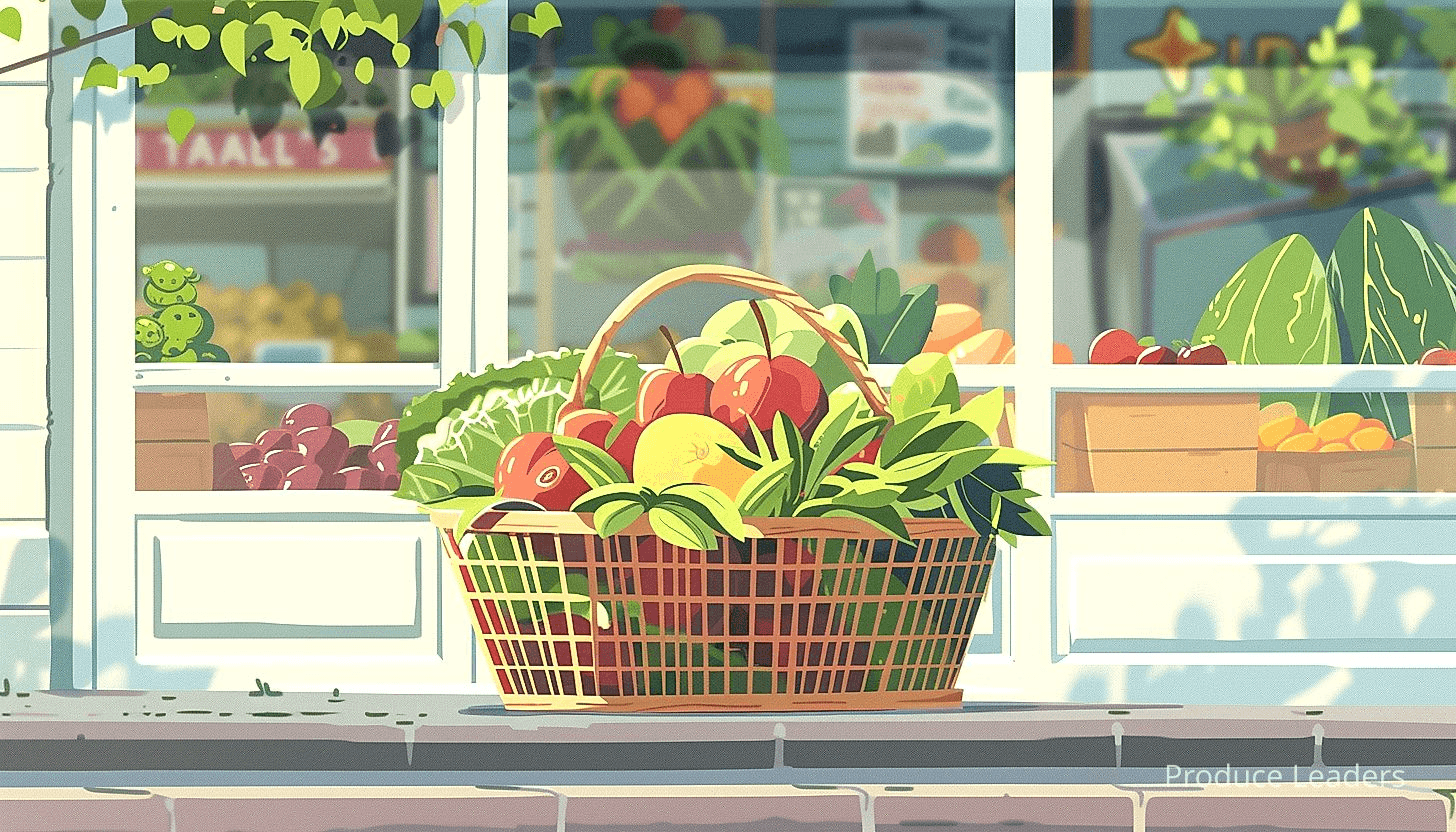
This is the platform to truly sell the benefits, uniqueness and the excellence of your product.
A poorly constructed proposal, despite excellent product quality, could result in your produce being ignored by Trader Joe’s.
Your proposal serves as a first impression, and as such, needs to be a remarkable representation of your product and company.
Essential components of a compelling product proposal include context, product information, and benefit for Trader Joe’s.
Be sure to explain why your product is relevant and how it contributes to the wider market spectrum.
Now, when communicating product information, here are some elements that might be noteworthy:
- Product Description: What is your product? Be detailed and specific.
- Unique Selling Point: What makes your product stand out from the competition?
- Target Consumer: Who is the product intended for?
- Brand Philosophy: What principles does your brand adhere to?
- Marketing/PR Plan: How do you plan on promoting your products?
- Competitive Analysis: How does your product fare against its competitors?
These points will help Trader Joe’s understand why they should consider adding your produce to their product range. Keep in mind, the proposal aims to show how your product meets Trader Joe’s requirements and fits into their product range.
Most importantly, highlight the exclusive benefit Trader Joe’s will derive from carrying your product.
This could be in the form of increased customer traffic, higher sales volumes, or an enhanced product assortment that appeals to their target market.
Pro Tip: A compelling product proposal accurately represents your brand and product, includes context, product information, and benefit for Trader Joe’s, and must highlight the exclusive benefit Trader Joe’s will gain from carrying your product, as it serves as a first impression and could establish a profitable and successful relationship.
Therefore, spending the necessary time to craft a tightly sealed, compelling proposal not only increases your chances of catching Trader Joe’s eye but also aids in establishing a profitable and successful relationship with them.
In essence, a compelling proposal for your product is a broad-based review that encapsulates the pearls of your business.
3. Highlight the freshness and quality of your produce
In Short: In order to distinguish your product in a crowded market like Trader Joe’s, it’s vital to effectively communicate and demonstrate your produce’s freshness and quality. Providing transparent information about your farming process, harvesting technique, packaging method, and efforts for consistent quality can lead to buyer’s trust and increased sales.
Bringing your product to the forefront in a crowded market, such as the one represented by Trader Joe’s, can certainly pose a challenge. However, a key factor that can distinguish your product from the masses and lend your proposal a persuasive strength is its intrinsic freshness and quality.
It’s imperative to not just claim your produce’s freshness and quality, but to have a strategy to demonstrate this to the Trader Joe’s buying department. You should focus on communicating the unique quality processes your product goes through, which ultimately tie back into these core attributes.
Your claim of producing the freshest and highest quality produce is complemented when you provide transparent information about how your product is farmed, the care taken in harvesting and handling, and any specific freshness indicators associated with it.
Before we dig in further into how you might demonstrate this quality, let’s list some aspects you could consider emphasizing:
- Harvesting Position: The time and method of harvesting can have a direct impact on freshness. If your produce is field-fresh, this is a significant selling point. This implies it’s cut and shipped within a few hours, keeping it at its peak state of freshness.
- Packaging: Highlight the proactive steps you take to seal in freshness post-harvest. Maybe you use vacuum-sealed bags or have a proprietary method to slow the ripening process; include these details.
- Shelf Life: Communicate the anticipated shelf life and any measures to extend it while maintaining quality and taste.
Providing specific details like these will allow decision-makers to assess the produce’s freshness claims more effectively and concretely.
Along with this, quality is just as important. Drawing attention to how you maintain and control the quality of your produce provides key decision-makers in the buying department a comprehensive insight into your products.
How does your company ensure each piece of produce meets or exceeds industry standards? Explaining processes like hand-sorting fruit or a meticulous pest control method will demonstrate your commitment to delivering a high-quality product line.
Another factor that supports the quality claim is consistency. Produce is a natural product, and there can be variations in flavor, size, and texture. Yet, customers and buyers alike appreciate consistency. It’s crucial to discuss how you ensure consistency in the face of natural variations.
In essence, the more transparently and comprehensively you articulate your process, the more credibility you lend to your claims. A good story can engage potential buyers, but combining that story with clear, corroborative evidence of freshness and quality can turn interest into a purchase order.
It’s important to remember, in dealing with Trader Joe’s or any other discerning retailer, it’s paramount to realize that every claim you make about your produce — its freshness, its quality, its value — will be thoroughly evaluated. Thus, you must provide substantial backing, from farm to fork, ensuring that you deliver on each promise you make in the proposal.
4. Emphasize any organic, local, or sustainable attributes
In Short: To secure a partnership with Trader Joe’s, emphasize your product’s organic, local, and sustainable attributes, as these align with Trader Joe’s commitment to high-quality, environmentally friendly products. Methods include showcasing organic farming practices, underscoring how local production supports local economies and ensures freshness, elaborating on sustainable farming methods, and providing proof via certifications and documentation.
As a producer aspiring to partner with Trader Joe’s, stressing on your product’s organic, local, or sustainable attributes can make a huge difference.
Trader Joe’s prides itself on offering high-quality products that are good both for its customers and the environment. Hence, these attributes are invaluable in any proposal you make.
If your fresh produce is grown organically without the use of chemical pesticides and fertilizers, then that is a significant selling point.
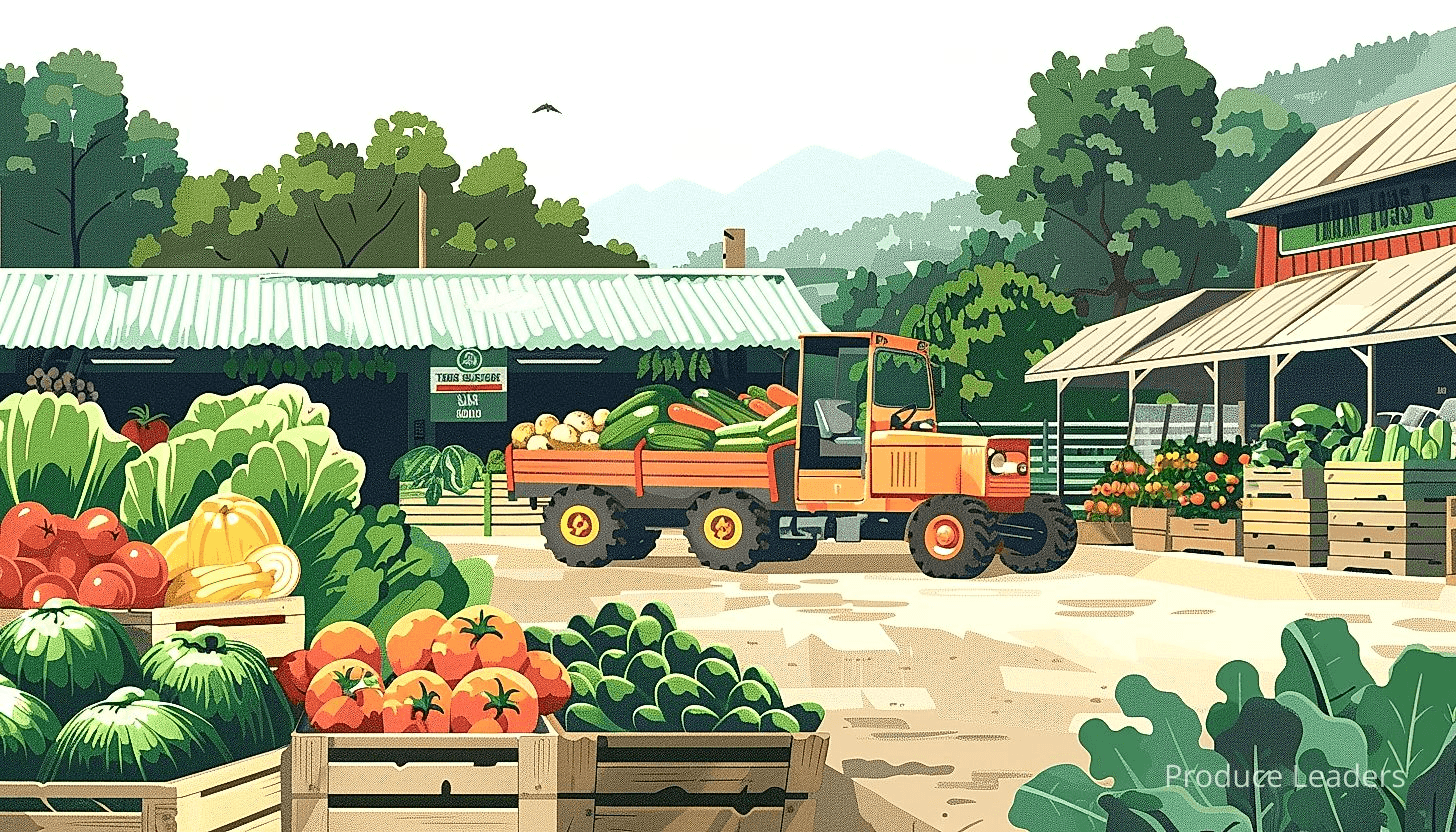
In the age of rapidly increasing health consciousness, organic products are more favoured due to their perceived health benefits and their lower environmental impact.
Moreover, if your produce is locally grown, highlighting this aspect can set you apart.
Local produce often promises freshness, as it does not undergo long transit times and likely harbours fewer preservatives and artificial ripening chemicals.
Another point is relating to local production’s support for local economies, employment opportunities and enterprises.
Finally, there’s the angle of sustainability. Emphasizing your sustainable farming practices and commitment to reducing environmental impact can greatly impress Trader Joe’s.
Such practices might include water-saving irrigation methods, use of natural pest control, and preventing soil degradation and erosion through ecological approaches.
Now, it’s important to look at these features collectively: they don’t exist in isolation, and their sum forms a strong, attractive picture of your product.
Consider this list of points you’d want to include while emphasizing the organic, local and sustainable qualities of your produce:
- Discuss your organic farming practices and their benefits to consumer health.
- Showcase the local nature of your produce and how it supports the local economy and ensures freshness.
- Elaborate on your sustainable farming methods to emphasize your commitment to minimizing environmental impact.
Also, keep in mind that it’s crucial to provide proof of these claims.
Be ready with organic certifications, local business documentation and any other relevant paperwork that can validate your claims.
Trader Joe’s, being a conscious business, will surely appreciate these efforts and view your approach positively.
Pro Tip: As a producer aspiring to partner with Trader Joe’s, emphasizing your product’s organic, local, and sustainable attributes can make a significant difference as this aligns with their value for high-quality products and commitment to the environment.
In the end, it’s about delivering nutrient-rich, responsibly sourced products that consumers can trust.
It’s important to remember, emphasizing your organic, local and sustainable attributes isn’t just about meeting Trader Joe’s requirements – it’s about aligning your practices with consumer expectations and the future of ethical, responsible farming.
5. Offer Competitive Pricing and Reliable Supply Chain
In Short: To successfully pitch fresh produce to Trader Joe’s, ensure your pricing is competitive and reflects the quality and value of your product, without undercutting your business. Moreover, demonstrate a reliable supply chain by consistently providing the product without unpredicted shortages or delays, and establish strong relationships with all players within the supply chain.
When pitching your fresh produce to Trader Joe’s, a compelling component of your proposal involves your pricing approach and supply chain reliability.
Valued relationships with retailers such as Trader Joe’s do not solely rely on the overall quality or distinctiveness of your product.
Similarly significant, is your ability to provide this product consistently at a price that matches its value.
To earn a spot on the Trader Joe’s shelves, you have to ensure your pricing is both competitive and sustainable.
It’s important not to undercut your business in an attempt to provide the lowest price.
Rather, your pricing structure should reflect the quality and traits based delivery of your produce while contrasting favorably with similar products in the market.
Now let’s dig in into the factors that can assist in offering competitive pricing:
- Efficient Production Techniques: You may need to examine your production process for areas of inefficiency that are leading to unnecessary costs. Effective cost management during the production phase will give you some leeway to offer competitive prices.
- Economies of Scale: As your operation grows in volume, the cost for each unit of product decreases. This gives you the opportunity to pass on price reductions to the consumer while maintaining profitability.
- Value Addition: Additional services such as packaging, faster delivery, and after-sales services, can create added value for your offerings, hence justifying a slightly higher price.
In addition to competitive pricing, you’ll also need to offer a reliable supply chain.
This implies you can consistently deliver your fresh produce to Trader Joe’s stores as expected, without unpredicted shortages or delays.
A strong supply chain signifies that not only can you deliver on your promises today but that you’ll also continue to do so in the future.
Here, establishing strong relationships with all sections of your supply chain, from growers and harvesters (if not yourself) to delivery and logistics companies, forms a important part of creating this reliability.
Pro Tip: To ensure a successful pitch to large retailers like Trader Joe’s, it’s crucial to offer both competitive and sustainable pricing that reflects the value and quality of your fresh produce, along with a reliable and efficient supply chain to guarantee consistent delivery over time.
By showing Trader Joe’s that you’ve thoroughly considered these intricacies and have solid strategies in place, you’re assuring them of your ability to be a reliable fresh produce provider.
Keep in mind, establishing profitable retail relationships is not merely about making an excellent first impression — it’s about consistently delivering on what you’ve promised, particularly in competitive pricing and a reliable supply chain.
6. Be prepared with documentation and certifications
In Short: Having the necessary documentation and certifications such as Global GAP, USDA Organic, and USDA GAP & GHP can significantly increase your chances of becoming a supplier for Trader Joe’s. These certificates not only reflect adherence to strict agricultural regulations, but also instill buyer confidence by ensuring transparency, quality, and safety of the fresh produce.
Being prepared with the necessary documentation and certifications is critical when you are attempting to get your fresh produce into Trader Joe’s. It is essential not only for the credibility of your produce, but also for ensuring that you are following all necessary health and safety regulations.
Organic certifications for example, can serve as sufficient evidence of your commitment to providing high quality natural foods, a practice in line with the Trader Joe’s brand. This demonstrates that your farming methods are compliant with the standards set by the organic regulations.
Adhering to regulations is not only good corporate citizenship, it’s also an integral factor that Trader Joe’s considers before partnership. The company emphasizes the importance of having a reliable quality control system , which includes routine inspections and certifications.
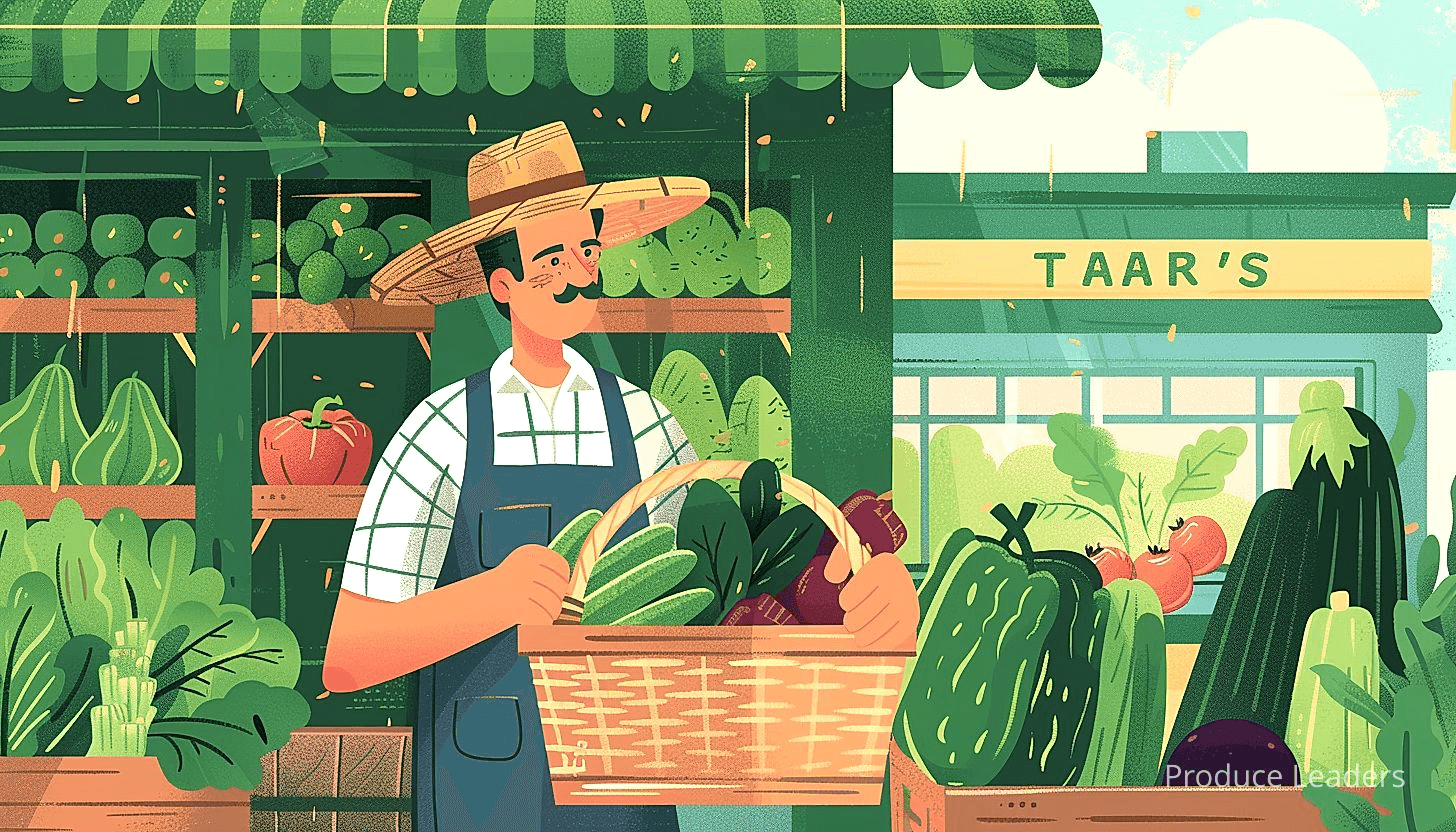
Documentation such as Global GAP, USDA Organic, USDA GAP & GHP among others are crucial when you aim to join Trader Joe’s supplier network. These documents and certificates show compliance with the strict agricultural regulations that govern food safety, worker welfare and environment conservation.
Trader Joe’s firmly believes in adhering to all necessary regulations and laws. This not only sends a simply message about your business operation’s ethical standpoint, but also guarantees that the produce in question is of optimal quality.
The following are some of the key documents and certifications you should consider obtaining:
- Global GAP certificate: This reflects that you abide by Good Agricultural Practices.
- USDA Organic certificate: A certification proving that your operation is organic and compliant with USDA regulations.
- USDA GAP & GHP certificate: Demonstrates your compliance with the USDA’s Good Agricultural and Handling Practices.
It’s worthy to note that these certifications also instill buyer confidence. Fresh produce, being a perishable commodity, undergoes a lot of scrutiny. With the right certifications, you create a sense of transparency for Trader Joe’s purchasing team and their customers at large – it’s an assurance that they are buying safe and quality produce.
Nonetheless, the path to gaining these certifications might be a rigorous one. All certifications require a series of inspections and audits by a licensed certifying body, ensuring that your practices match the standards. It might seem complicated, but the payoff in the form of buyer trust and new business channels like Trader Joe’s is worth it.
Important: Preparing with the necessary documentation and certifications, such as Global GAP, USDA Organic, and USDA GAP & GHP, is crucial for ensuring your fresh produce’s credibility and adherence to health and safety regulations, and it significantly increases your chances of becoming a supplier for Trader Joe’s as it communicates the quality and safety of your produce.
In summary, the process of getting your fresh produce into Trader Joe’s buying department involves being ready with all required certifications and documentation. This is a sign of responsible business operations, and it communicates the quality and safety of your produce.
Don’t forget, every certificate you earn is a step towards building a better reputation for your brand. Keep aiming to raise the bar on the quality standards, and your chance at joining the family of Trader Joe’s suppliers significantly increases.
7. Provide a Product Sample for Review
In Short: Before presenting your product to Trader Joe’s, it should unequivocally demonstrate the high quality, consistency, and attractiveness that aligns with their strict quality measures. The art of product sampling involves factors beyond taste, such as packaging, branding, and a nod to organic, local, and sustainable ethos if possible, to secure a spot in their popular retail stores.
Before presenting your product sample to Trader Joe’s, ensure that it is of the best possible quality.
This represents a tangible demonstration of your produce’s worth, leaving little room for error.
The sample must undeniably showcase the high standards and exceptional quality of your fresh produce.
It’s important to remember, first impressions matter greatly.
In essence, your product sample is your bargaining chip, it’s your chance to convince the buyer that your fresh produce is worth stocking.
This opportunity should not be taken lightly, therefore, when you choose this sample, it should represent your brand in complete, uncompromised clarity.
Professionals in the buying department need proof beyond doubt that your fresh produce is consistently high-quality and in line with the store’s strict quality assurance measures.
Samples that don’t meet these standards will likely be disregarded.
Providing a list of elements to consider when preparing your product sample could prove instrumental in your success. The following points may help:
- Quality- The sample must be a representative of your finest produce.
- Consistency- Ensure that every element of the sample is consistently superior.
- Presentation- The sample should be attractively packaged, displaying your brand effectively.
- Relevance- The sample must be relevant to the market Trader Joe’s caters to.
Furthermore, when you’re putting together your sample, remember that taste is not the only factor.
The freshness, presentation, and overall appeal of the produce play a huge role in making an impact.
As a result, place significance on the aesthetic value too- because we often first eat with our eyes.
Consider elements such as packaging and branding, these contribute to the story of your product.
Finally, remember to tailor your sample according to Trader Joe’s preferences.
Trader Joe’s emphasizes organic, local, and sustainably grown produce.
Let me tell you, if your product checks any of these boxes, ensure that this is clearly demonstrated in the sample.
Mastering the art of product sampling is paramount to your business securing a spot on the shelves of popular retailers like Trader Joe’s.
The Bottom Line
Managing to get your fresh produce into Trader Joe’s is an achievable goal, provided that your produce meets their high-quality standards and you’re willing to work collaboratively.
The relationship with Trader Joe’s goes beyond a transactional one; it is about adherence to their values and respect for their customers’ needs.
Your commitment to providing great products and preserving the environment will be promoted tremendously by following their packaging and labelling requirements.
Finally, understanding the internal processes of Trader Joe’s, fostering good relationships with their staff, and frequently being updated about their contracts will increase your chances of success.
In essence, breaking into Trader Joe’s involves understanding their values, demonstrating commitment to quality and sustainability, building relationships, and staying informed.





